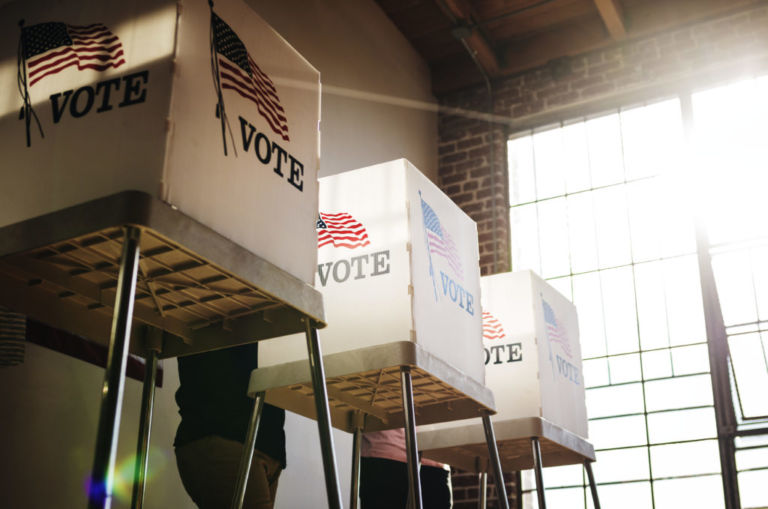Two of three drivers of higher electricity costs in North Carolina are renewable energy investments by utilities and the Renewable Energy and Energy Efficiency Portfolio Standards (REPS) mandate, according to a new report released by the North Carolina Sustainable Energy Association (NCSEA).
As reported by Triangle Business Journal, the report highlights that renewable energy policies are not the "primary" driver of electricity rate increases "since 2001." Those policies came about after the passage in 2007 of Senate Bill 3.
Since 2008, the state’s electricity rates have grown dramatically in comparison with the national average. According to the March 2015 Energy Report by the North Carolina Department of Environment and Natural Resources,
North Carolina’s rates have increased more than 2.5 times the national average increase since 2008.
The rate-hiking impacts of the state’s REPS are not larger, however, because the REPS mandate had reached only three percent of 2011 electricity sales. By 2021 it is slated to be over four times that (12.5 percent of 2020 electricity sales). It is presently at six percent of 2014 electricity sales.
Even with such a (relatively) small mandate, the cost of North Carolina’s REPS mandate through 2014 totaled $276 million. The figure is from research by economists at the Beacon Hill Institute at Suffolk University (BHI) for the Institute of Political Economy at Utah State University.
NCSEA seeks to use that not-the-biggest-rate-hiker argument to, in the words of TBJ, "convince lawmakers in Raleigh not to pass legislation that would freeze the state’s REPS requirement and limit the size of contracts that could be issued."
Click here for the Rights & Regulation Update archive.
You can unsubscribe to this and all future e-mails from the John Locke Foundation by clicking the "Manage Subscriptions" button at the top of this newsletter.


